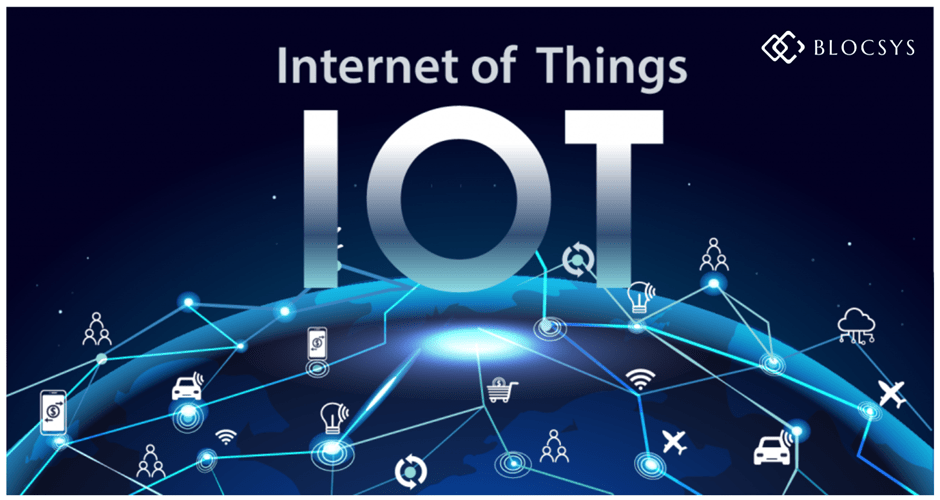As the digital world evolves, two groundbreaking technologies — Blockchain and the Internet of Things (IoT) — are converging, creating new opportunities and challenges for businesses. Understanding how these technologies work together is crucial to addressing pressing security, transparency, and efficiency concerns.

What is the Internet of Things (IoT)?
IoT refers to a network of connected devices — ranging from smart home appliances to industrial sensors — that collect and exchange data in real time. The goal of IoT is to gather valuable information that can improve efficiency, automate processes, and enhance user experiences. However, with millions of connected devices, the risk of data breaches, hacking, and information misuse grows significantly. This is where blockchain technology becomes invaluable.
Why Blockchain for IoT?
Blockchain is a decentralized digital ledger that records transactions across multiple computers, ensuring that information cannot be altered without network consensus. Its security, transparency, and resilience to cyberattacks make it a perfect complement to IoT.
By combining blockchain with IoT, you create a secure system where each device can interact safely with others, without needing a central authority to verify transactions. Blockchain provides a tamper-proof, transparent record of all data exchanges, which builds trust and confidence in IoT networks.

Enhancing Security in IoT
Security is the top concern for IoT. While a hacked smart thermostat might be a minor inconvenience, a compromised industrial IoT system could lead to major operational disruptions or financial losses. Blockchain helps mitigate these risks by providing each IoT device with a unique, encrypted identity. Every interaction or transaction is automatically recorded on the blockchain, making it nearly impossible for bad actors to manipulate or steal data.
This level of security is especially critical in industries like healthcare, finance, and manufacturing, where the integrity of sensitive data cannot be compromised.
Streamlining Processes with Smart Contracts
Another advantage of integrating blockchain into IoT is the use of smart contracts — self-executing contracts with terms written directly into code. Imagine an IoT sensor monitoring equipment in a factory. If the sensor detects a malfunction, a smart contract could automatically schedule maintenance, order parts, and even initiate payments — all without human intervention.
This kind of automation reduces downtime, eliminates the need for intermediaries, and improves the overall efficiency of IoT networks. In industries where operational efficiency is key, blockchain-enabled IoT systems offer a significant competitive advantage.
Building Trust and Transparency
Transparency is another area where blockchain can revolutionize IoT. Take supply chain management, for example. IoT devices can track products from the manufacturing stage to the retail shelf, but ensuring the authenticity and condition of these products is still a challenge.
With blockchain, every step of the product’s journey is recorded on an immutable ledger that can be accessed by all stakeholders. This provides a single source of truth for businesses, regulators, and consumers. Imagine being able to verify every transaction, from the source of materials to the final delivery, with complete confidence that the information is accurate and tamper-proof.
Real-World Applications
Several industries are already benefiting from the combination of blockchain and IoT. In agriculture, IoT sensors monitor crop conditions, while blockchain ensures that the data remains secure and unaltered. This allows farmers to make better decisions based on real-time data, improving crop yields and resource management.
In the automotive sector, smart cars equipped with IoT devices gather data on driving habits, vehicle performance, and road conditions. Blockchain can securely store this data, enabling insurers to offer customized policies based on real driving behavior instead of estimates.

The Road Ahead
While the integration of blockchain and IoT is still in its early stages, the future is full of potential. Together, these technologies will drive innovation in areas where security, transparency, and efficiency are critical.
As IoT networks expand and more devices come online, blockchain will play an increasingly important role in securing these connections and maintaining the integrity of the data they generate. The future of IoT lies in its ability to operate securely and transparently, and blockchain is the key to making that vision a reality.

Conclusion
The combination of blockchain and IoT is setting the stage for a more secure and transparent digital future. By improving security, automating processes through smart contracts, and providing transparency, businesses can unlock the full potential of IoT networks. As the integration of these technologies deepens, it will enhance the way industries operate, creating a more efficient, resilient, and trustworthy digital ecosystem.




